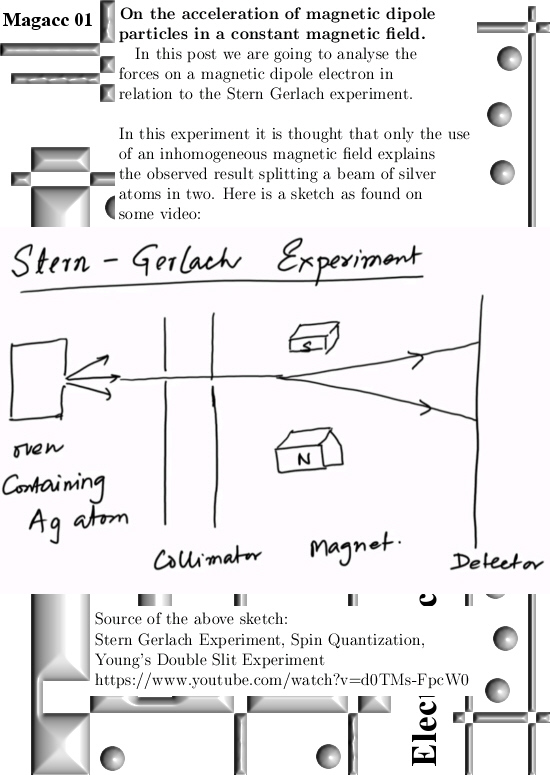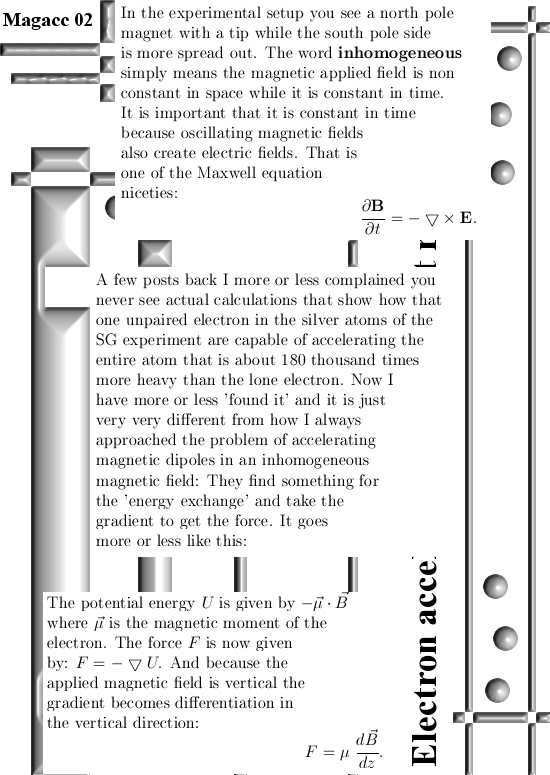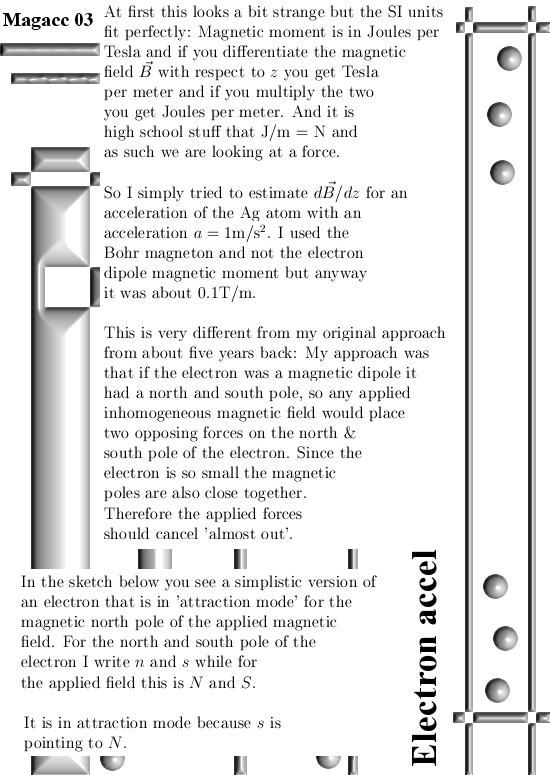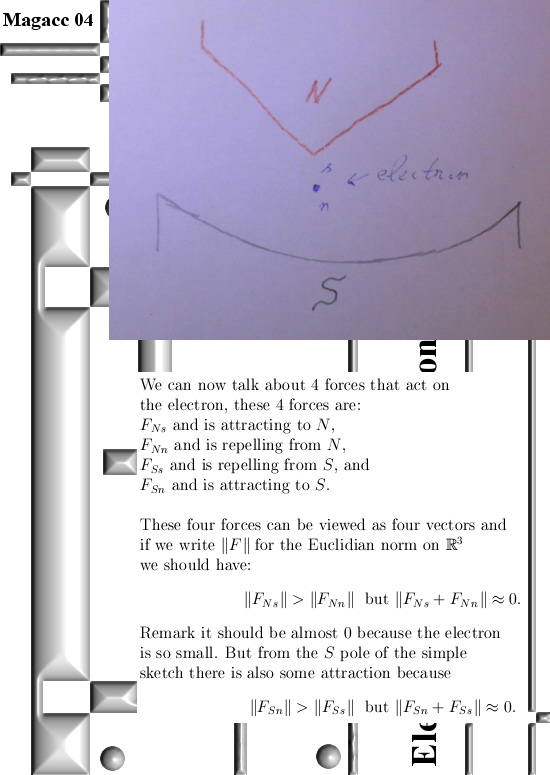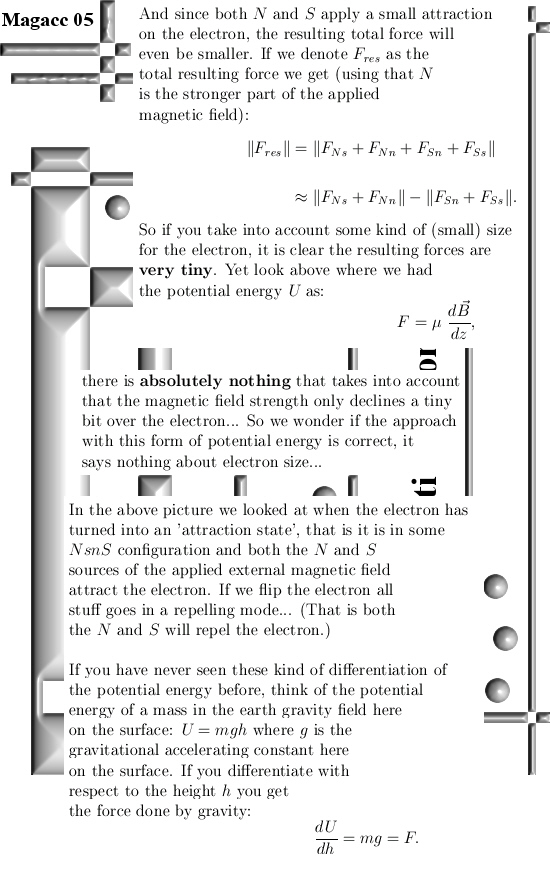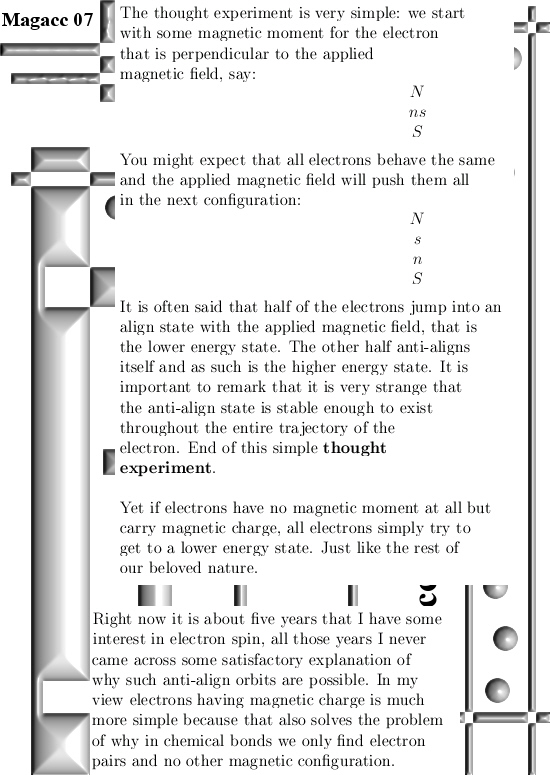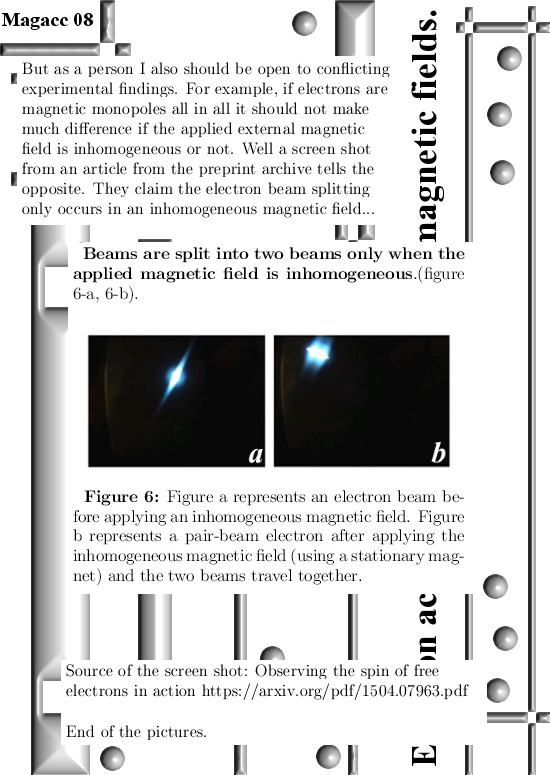At first I wanted the next post to be about the so called Bell experiment because with this experiment comes the so called Bell inequalities and weirdly enough these are a perfect for the determinant of 4D complex numbers. Everything just looked perfect: the Bell inequality has maximum breaching when a bunch of correlations takes on the value of two time the square root of two. But that value of two time the square root of two is also what makes a 4D complex number on the unit sphere in 4D space noninvertible… So everything looked perfect but in the end it did not work because I could only find solutions with correlations above 1 (or below -1) and we all know that is not possible.
So let’s put the stuff on the shelf and wait a few years… The Bell experiment is one of those crazy quantum experiments and I am very interested in it because the original proposition as done by Mr. Bell was done with electrons and positrons. Yet results with electrons and positrons have never been published, all there is are experiments with photons and all those experiments seem to violate the Bell inequality…
Anyway a few days back I came across some old work I had written and that contained stuff like the anihilation theorem and the rain theorem, I did absolutely not remember what it all was about. And oh yes, it was that time that I wrote about a new set of so called roots of unity. And I remembered that I more or less hoped all those years ago about some kind of reaction from the math professionals. Of course there was zero reaction one more year; in those long lost years I still had to learn that university math professors are all shit. That is a uniform property of those people; they are all perfumed princes in relatively high paid permanent jobs. And perfumed princes do what the average perfumed prince think is important: we do perfumed prince stuff like the Langlands program and oh oh oh how smart we are. Luckily we have no dealings with those dirty peasants that live in the mud and cannot afford our exclusive perfumes. Tax payers should be happy they can finance us because what is a modern economy without smart math professors?
Once more I was stupid to the bone: The fact that you can easily find 10 videos with math professionals stating that the roots of unity are so very wonderful does not mean if you throw in a new set of unity roots there will be a healthy response…
I will leave the new post more or less like the old one, I only change the title and will do some editing to make it more readable. For example in the past I used the matrix environment for multi-line calculations while at present day I use the align command in the Latex typesetting program.
Here is the old file from five years back:
The Song of Omega Reloaded
http://kinkytshirts.nl/rootdirectory/just_some_math/3d_complex_stuff02.htm#05Jan2014
Ok, a small screen shot of the new roots of unity. Actually they are already five years old but the perfumed math professors have of course better things to do. They are so smart…

End of the intro to the rain theorem.
Ok, I have done editing and decided to make a very simple teaser picture containing a simple calculation that indeed shows that if you square the opposite point of 1 on the exponential circle you get +1.
As such we have three solutions to the equation X^2 = 1 in the complex 3D space: the usual X = +1 and -1 and the third solutions lies on the exponential circle. Here is the teaser picture and likely later this week I will hang in the rest on this website.

Till updates.
